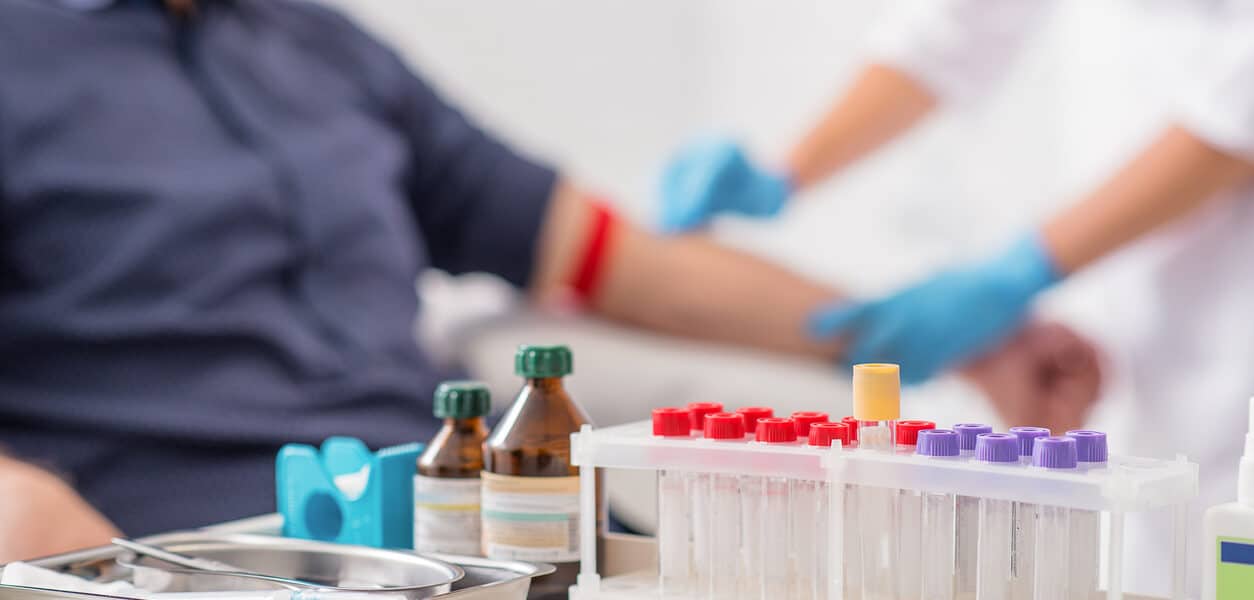Drug trials – The phases explained
Clinical trials are studies that test the effect of an intervention – such as a medicine, procedure or lifestyle change – in humans.
They’re categorised in different phases, depending on the aims of the study and what we already know about the intervention. Most trials are classed as one of three main phases: phase 1, 2, or 3 (though sometimes written in roman numerals I, II, or III).
A phase 1 trial is the first time a new treatment is tested in humans, usually in healthy volunteers. Phase 1 trials are small, often less than 50 people, and they primarily aim to make sure that a medicine is safe, and that it can reach and act at the necessary part of the body. This evidence is needed before research can proceed to phase 2.
Phase 2 trials will often involve a larger group of volunteers, made up of the kind of people that the intervention eventually aims to benefit (in our case, people with Parkinson’s). These trials look at a medicine’s biological effect – does it perform in the body as expected – and are a longer test of safety. Some phase 2 trials will split the participants into two groups and give the medicine to one half, and a placebo with no active ingredients to the other half. This allows comparison between the two groups to see if the medicine is really having effects. Such ‘placebo-controlled’ trials should be carried out blind; neither the researchers nor the participants knowing who’s taking the real medicine until the end.
If phase 2 results are encouraging, a phase 3 trial can follow. This will be larger and longer, run across several sites, and could involve people from different countries. Phase 3 trials are designed to test long-term safety and demonstrate the effectiveness of a medicine in patients. Given their size, they will also pick up on side effects that might affect particular groups of patients. They will compare a new treatment with, or in addition to, the current best treatment.
Cure Parkinson’s International Linked Clinical Trials (iLCT) programme assesses drugs and therapies that have, in most cases, already been approved for use in other conditions; therefore it is hoped that the iLCT process significantly reduces the time taken to bring much needed, and potentially curative treatments into the clinic for the Parkinson’s community. This means they will have gone through the trial phases before. However, we still have to make sure they are safe for people with Parkinson’s, and at the dosage that would be required; as well as establish their effects on the course of the disease, and symptoms.
There are iLCT trials that are actively recruiting participants now.





